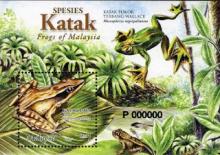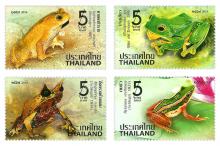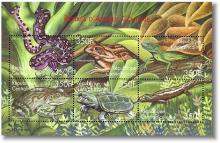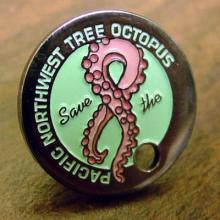
Things aren’t looking good for reptiles and amphibians lately, especially frogs. John Alroy at Macquarie University in Australia published a study last month examining recent extinctions for the two groups of animals, and the results are alarming. “About 200 frog extinctions have occurred and hundreds more [frog species] will be lost over the next century, so we are on pace to create a mass extinction,” according to the study. “It is hard to know how many species have gone extinct so far because it is difficult to prove that something not seen recently is really gone forever,” says the paper’s summary. Alroy was inspired to conduct the study because he couldn’t find any research on the total number of species that have gone extinct. But by using what he calls a “new, highly conservative statistical method,” he was able to infer the number of extinct amphibian and reptile species across the world. Alroy chose to study reptiles and amphibians partly because “there was a large amount of global data available for these groups, and partly because of a growing concern in the scientific community over the health of frog populations, which are thought to be in a state of decline in many places,” says the Washington Post. Alroy also looked at salamanders, snakes and lizards, but “he found that frogs seemed to be the most vulnerable to extinction—the results suggested that more than 3 percent of all frog species have disappeared, largely since the 1970s,” according to the Washington Post. The findings are especially alarming because the research method known as a Bayesian approach is “highly conservative,” meaning that the estimated number of past and future frog extinctions could, in fact, be even higher.









